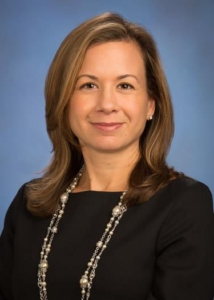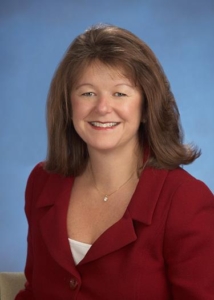 I learned a shocking statistic recently. According to a poll by the HRC [PDF], up to 51% of LGBT professionals on Wall Street are still in the closet. That means over half – half – of LGBT professionals are uncomfortable being themselves in their workplace.
I learned a shocking statistic recently. According to a poll by the HRC [PDF], up to 51% of LGBT professionals on Wall Street are still in the closet. That means over half – half – of LGBT professionals are uncomfortable being themselves in their workplace.
We must ask why so many professionals are still afraid, in 2011, to be open about who they are and who they share their lives with. If anything, this statistic reveals some very shocking truths about the nature of inclusiveness in our top firms and companies. It’s time for those cultures to change.
This week and next, to celebrate PRIDE on Theglasshammer.com, we are featuring profiles of several amazing women who live their lives as openly gay/lesbian professionals – despite the challenges (perceived and real) that exist for LGBT individuals in the workplace. It is our hope that by shining a spotlight on these successful women, more LGBT professionals will feel inspired and empowered to bring their whole selves to work.
Theglasshammer.com was founded on the principle of creating professional networks where you can relate to people who are in the same situation as you – for example, being the only women on your team can be tough. Yet, many of us have other identities, such being a different color or nationality or being mothers. These are very visible differences, and are protected from discrimination by law. On the other hand, gay and lesbian professionals are often the invisible minority in the room, and in many respects LGBT is the last taboo in the workplace. Legal protections are still not up to par in the U.S. (In 29 states you are not protected from getting fired on the spot for being gay or “accused” of being gay.)
There are some very simple reasons why companies should work harder to create an inclusive culture for their LGBT employees.
1) You have gay clients – the business case.
2) You have gay employees – the retention case.
3) Generation Y (and many others) won’t want to work for you if you are doing nothing or doing evil around gay issues – the recruitment case.
Theglasshammer.com creates networking groups of women in financial and professional women, but perhaps one of our greatest challenges is to find senior lesbian business leaders who are “out” and visible in their firms. Why is it so hard to find a critical mass of role models to inspire other women who may be struggling to be themselves at work?
The cost or perceived cost of being “out” seems to be still very high for gay people, and the fear of negative consequences from employers or co-workers can be clearly seen in the HRC study “Degrees of Equality” detailing why gay employees don’t come out.
- “Thirty-nine percent believe they will lose connections.
- Twenty-eight percent believe they will lose promotion opportunities.
- Seventeen percent believe they will be fired; this number increases to 42 percent for transgender workers.”
Everyone reading theglasshammer.com can do something to contribute to creating a better culture in your firm. Here’s are three ways to reach out.
Read more
 By Melissa J. Anderson (New York City)
By Melissa J. Anderson (New York City)
 By Melissa J. Anderson (New York City)
By Melissa J. Anderson (New York City)

 By Melissa J. Anderson (New York City)
By Melissa J. Anderson (New York City) By Melissa J. Anderson (New York City)
By Melissa J. Anderson (New York City)
 By Melissa J. Anderson (New York City)
By Melissa J. Anderson (New York City) By Melissa J. Anderson (New York City)
By Melissa J. Anderson (New York City) By Melissa J. Anderson (New York City)
By Melissa J. Anderson (New York City)